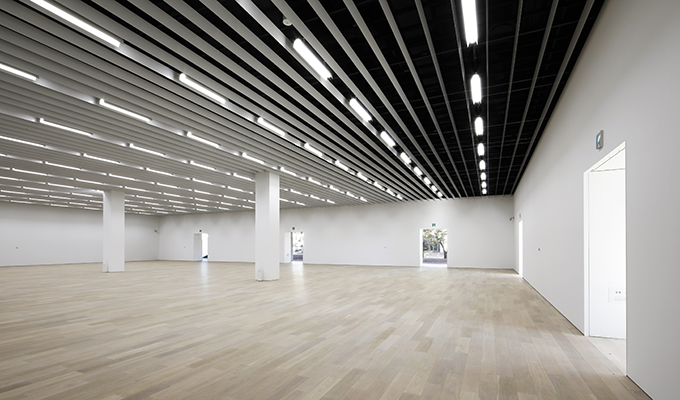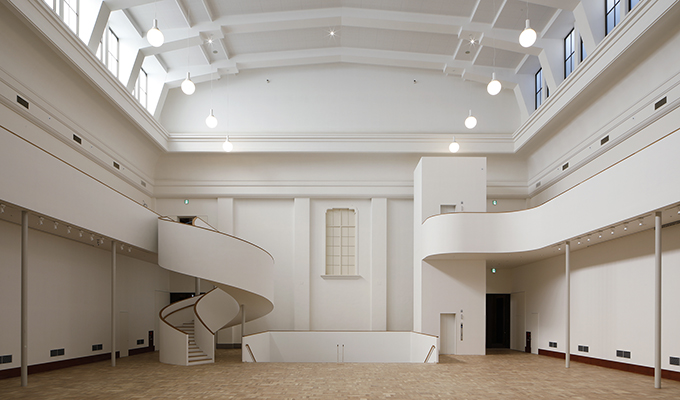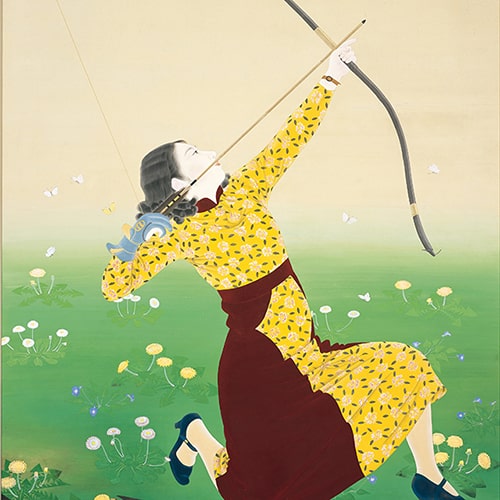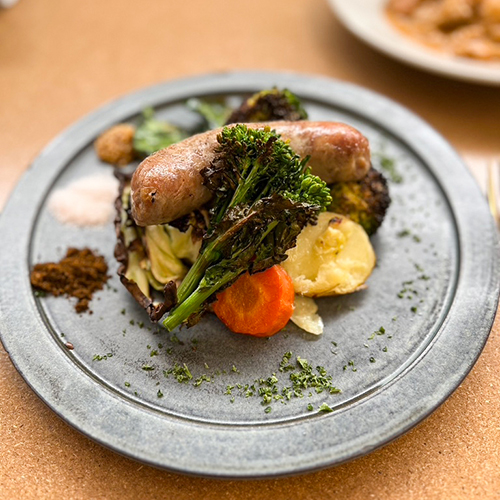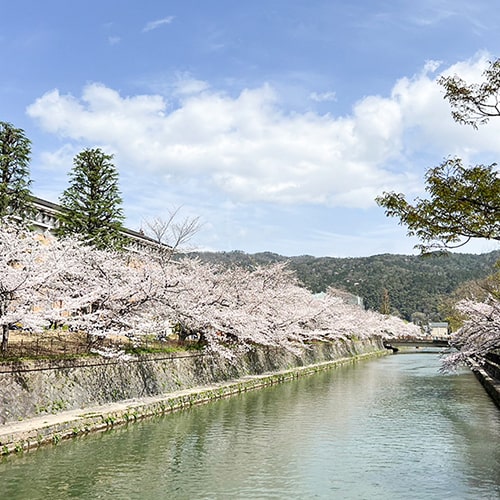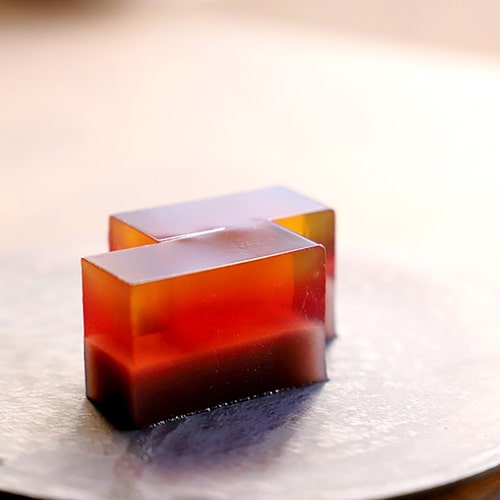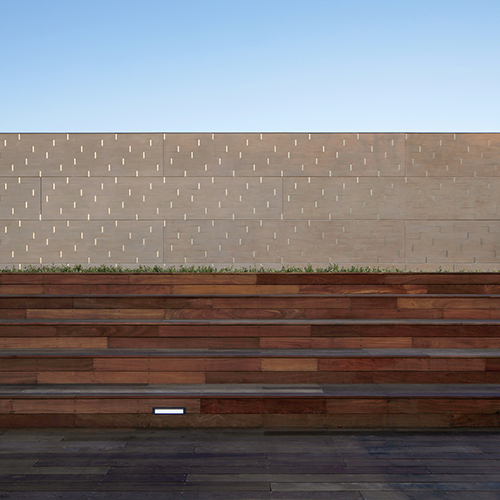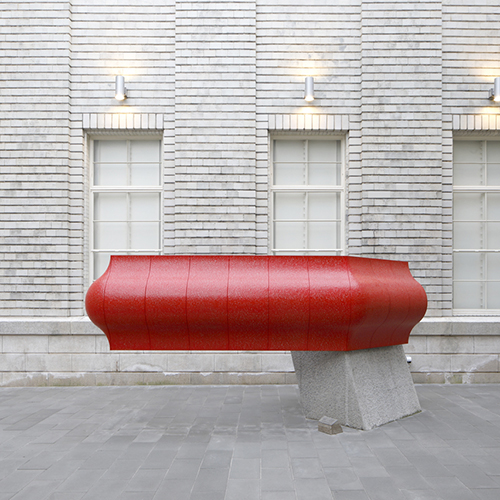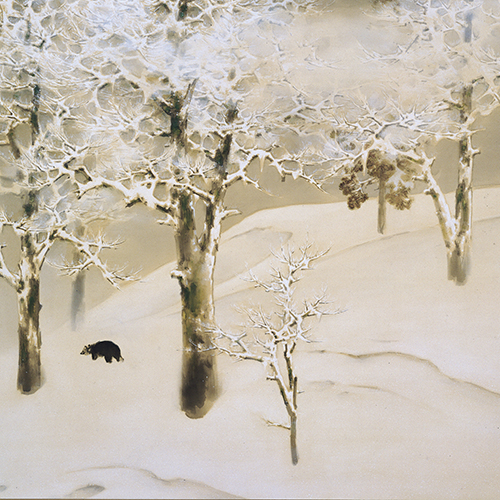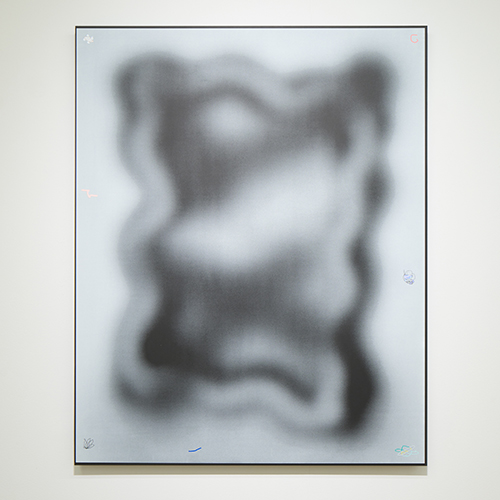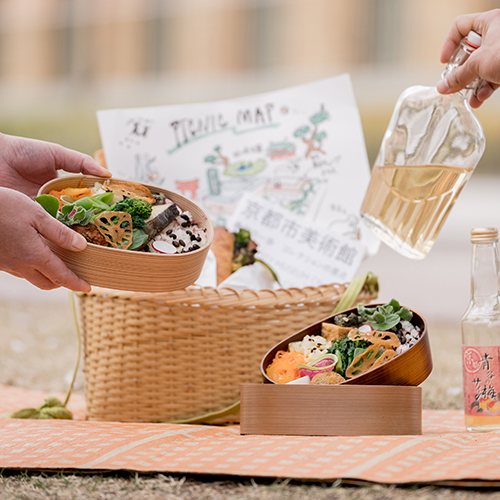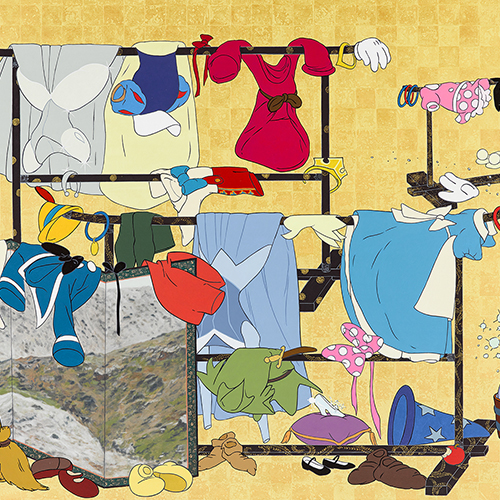[2023 Schedule] Collection Room
2023/3/10-2024/2/25
Venue [ Main Building(South Wing)1F ]
-
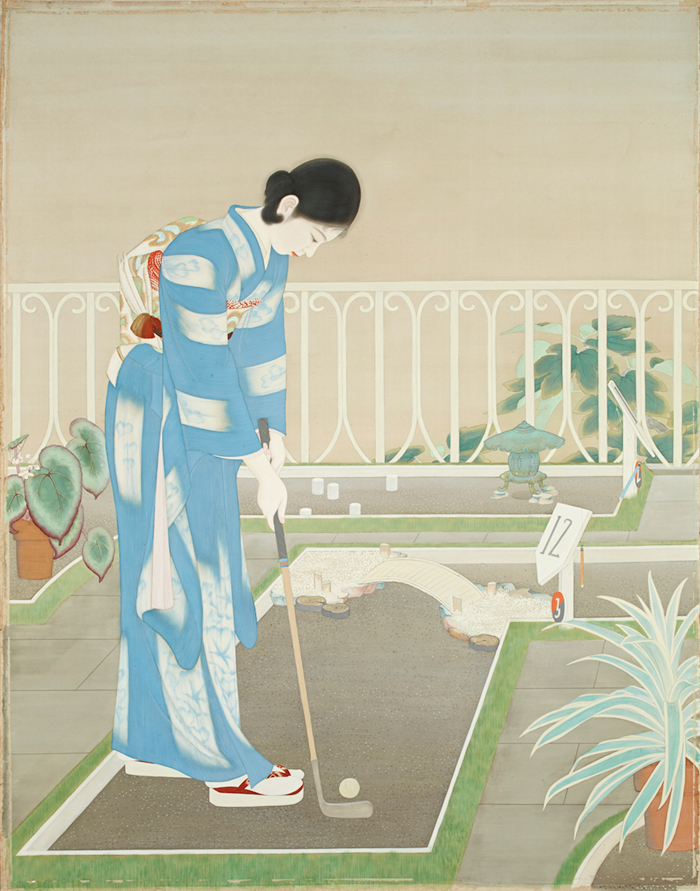
Niwa Akiko, Golf Early Showa period
Collection of the museumThe Museum Collection currently consists of approximately 4,200 works of Kyoto modern art comprising Japanese paintings, Western-style paintings, sculpture, prints, crafts, and calligraphy. In particular, the Collection includes masterpieces representative of Japanese painting made by Kyoto artists between the Meiji and Showa periods, making it one of the leading collections of such works in Japan.
Newly built at the time of the Museum’s renewal to allow visitors to enjoy the charm of this exceptional collection throughout the year, the Collection Room will introduce masterpieces by popular artists representative of Kyoto such as Takeuchi Seiho and Uemura Shoen, and feature exhibits on various themes to provide visitors with a full experience of the fascination of Kyoto art.Spring: March 10, (Fri.) – June 18 (Sun.), 2023
Special Display: The Fascinating Showa-modern
Summer: June 23 (Fri.) – September 24 (Sun.), 2023
Special Display: Inagaki Toshijiro—The Playful Mind
Fall: October 27 (Fri.) – December 17 (Sun.), 2023
Special Display: The Path to “Tardiology”
Winter: December 22 (Fri.), 2023 – February 25 (Sun.), 2024
Special Display: Early Showa Japanese Paintings and Classicism
Niwa Akiko, Golf Early Showa period
Collection of the museumInformation
- Period
- Spring: March 10, (Fri.) - June 18 (Sun.), 2023
Summer: June 23 (Fri.) - September 24 (Sun.), 2023
Autumn: October 27 (Fri.) - December 17 (Sun.), 2023
Winter: December 22 (Fri.), 2023 - February 25 (Sun.), 2024
- Time
- 10:00−18:00 (last admission 17:30)
- Venue
- Main Building(South Wing)1F
- Closed on
- Mondays (except public holidays)
- Admission
- Kyoto City residents: ¥520*
Non-residents: ¥730
Groups (of 20 or more): ¥620
Elementary, junior high and high school students: Free**
Non- resident elementary,
junior high and high school students: ¥300
Groups: ¥200
Children under elementary school: Free
*Admission is free for residents over 70 (with valid ID or senior boarding pass) and for those with disabilities (with valid disability certificates). Admission is ¥100 for students attending Kyoto universities registered as Kyoto City Campus Culture Partners.
** living or studying in Kyoto
Please bring a valid ID.
-
Spring: March 10, (Fri.) - June 18 (Sun.), 2023
Special Display: The Fascinating Showa-modern
Tokuriki Hikonosuke, Hyperbolic Radio, 1934
Collection of the museumFrom the Meiji to Taisho periods, Japan underwent rapid industrialization under the influence of developed Western countries, and the influx of new culture led to its rapid modernization. In particular, people’s lifestyles underwent a transformation, especially in urban areas, and the country entered the Showa period (prewar period) with a unique blend of Japanese and Western styles, from architecture and interior design to fashion and lifestyle. At the same time, Western-style paintings and Japanese paintings at state art exhibitions actively depicted the modern customs of the time, and even in the field of crafts, many works were influenced by Art Deco, a style popular in the West that was accepted in Japan as the art of a new era. This special display focuses on paintings and craftworks from the early Showa period (around 1930s), which includes 1933 when the Museum opened, and introduces works that captured the modernity of the time.
Other scheduled displays: Feature Exhibition VOCA 30th Anniversary Exhibition
To commemorate the 30th anniversary of the VOCA Exhibition, held annually to support young artists with international potential in the fields of painting, photography, and other two-dimensional media, the Museum will introduce related works from the Museum collection.
Tokuriki Hikonosuke, Hyperbolic Radio, 1934
Collection of the museumSummer: June 23 (Fri.) - September 24 (Sun.), 2023
Special Display: Inagaki Toshijiro—The Playful Mind
Inagaki Toshijiro Retreating the Battle of Yashima, from "The Tale of Heike" 1959 Inagaki Toshijiro (1902-1963), an artist who was designated as a Living National Treasure for his stencil dyeing, created elaborately designed works one after another within the limitations of the traditional production methods he followed. Inagaki’s works show not only a high level of technical perfection, such as the skillful incorporation of tsuri (“bridges” that connect different designs and designs to the stencil frame) into the design; they also reveal a sense of playfulness, as seen in the artist’s inclusion of dye rubbings, blots and other chance elements that occur during the production process. This special display focuses on Inagaki’s works newly acquired by the Museum through a donation. The exhibition will also unlock the depth of stencil dyeing and its appeal through the artist’s outstanding individual expression and playful mind.

Inagaki Toshijiro Retreating the Battle of Yashima, from "The Tale of Heike" 1959 Autumn: October 27 (Fri.) - December 17 (Sun.), 2023
Special Display: The Path to “Tardiology”
Nomura Hitoshi, Tardiology, 1968
Collection of the museumNomura Hitoshi (1945-) presented a gigantic eight-meter-tall work assembled from sheets of cardboard at the Kyoto City University of Fine Art: Graduation Works exhibition held at this Museum. The photographs he took of the structure as it disintegrated over time remained as the Tardiology work and became the starting point for his subsequent photographic style, but the genesis of his art lies in the sculptural question: Is it possible to make sculpture that does not set monumental permanence as its primary goal? This special display introduces the course of postwar sculpture that led to Tardiology, starting from the works of Tsuji Shindo and Horiuchi Masakazu, who were Nomura’s mentors.
*For the autumn special display only, the venue will change to 1F of the North Wing in the Main Building.
Other scheduled displays: Feature Exhibition Kyoto City Zoo 120th Anniversary Exhibition
To commemorate the 120th anniversary of the opening of Kyoto City Zoo, which was visited by members of Kyoto’s painting circles and many other artists as a place to make sketches, works centered on Japanese paintings by Takeuchi Seiho and others that depict animals will be introduced.
Nomura Hitoshi, Tardiology, 1968
Collection of the museumWinter: December 22 (Fri.), 2023 - February 25 (Sun.), 2024
Special Display: Early Showa Japanese Paintings and Classicism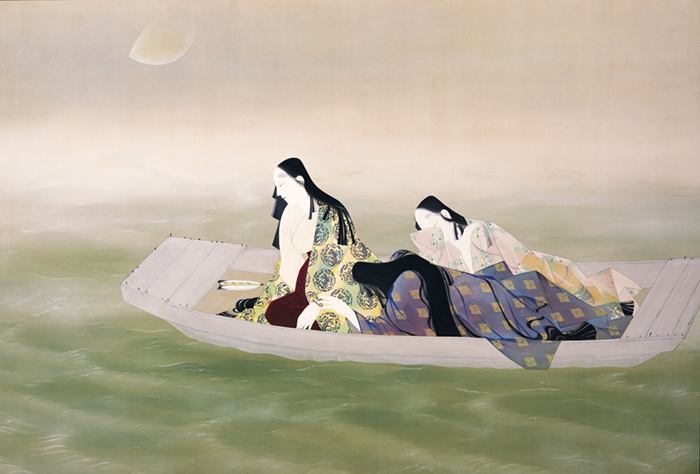
Matsumoto Ichiyo, Nue (legendary night bird), 1936
Collection of the museumFrom the Taisho to Showa periods, expressions in Japanese painting changed dramatically. While in the Taisho period, a lyrical expression utilizing rich colors, blurring, and shadows could be seen in many works, a more refined style employing simple lines, plain composition, and restrained colors had gained popularity by the Showa period.
At the same time, the subjects of these elegant paintings were often inspired by Japanese and Chinese history, classical literature, and classicism. Many Kyoto painters, including Ikai Shokoku, Matsumoto Ichiyo, and Kikuchi Keigetsu, produced works with historical themes, while on the other hand, Ishizaki Koyo and Uemura Shoko made works that reflected their study of classicism. This special display introduces Japanese paintings of the early Showa period and scrutinizes the gaze toward classicism that was the source of their creation.
Matsumoto Ichiyo, Nue (legendary night bird), 1936
Collection of the museum -

Golf Early Showa period Niwa Akiko Collection of the museum 
Hyperbolic Radio, 1934 Tokuriki Hikonosuke Collection of the museum 
平家物語(ひよどり越え)[1] 1959年 Inagaki Toshijiro Collection of the museum 
[二匹の虎] 1955年頃 Inagaki Toshijiro Collection of the museum 
Tardiology, 1968 Nomura Hitoshi Collection of the museum 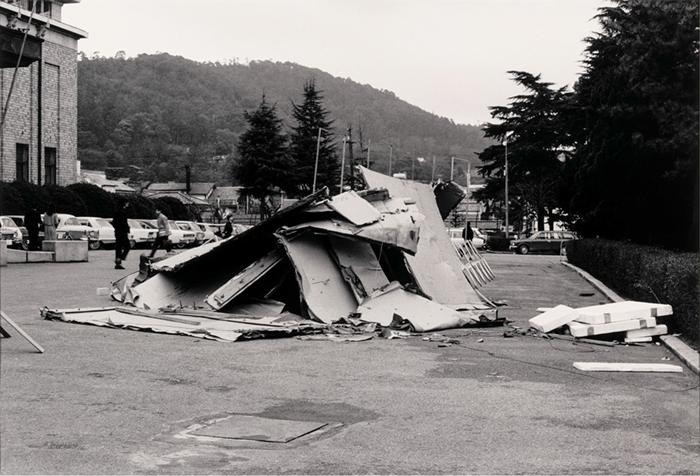
Tardiology, 1968 Nomura Hitoshi Collection of the museum 
Nue (legendary night bird), 1936 Matsumoto Ichiyo Collection of the museum 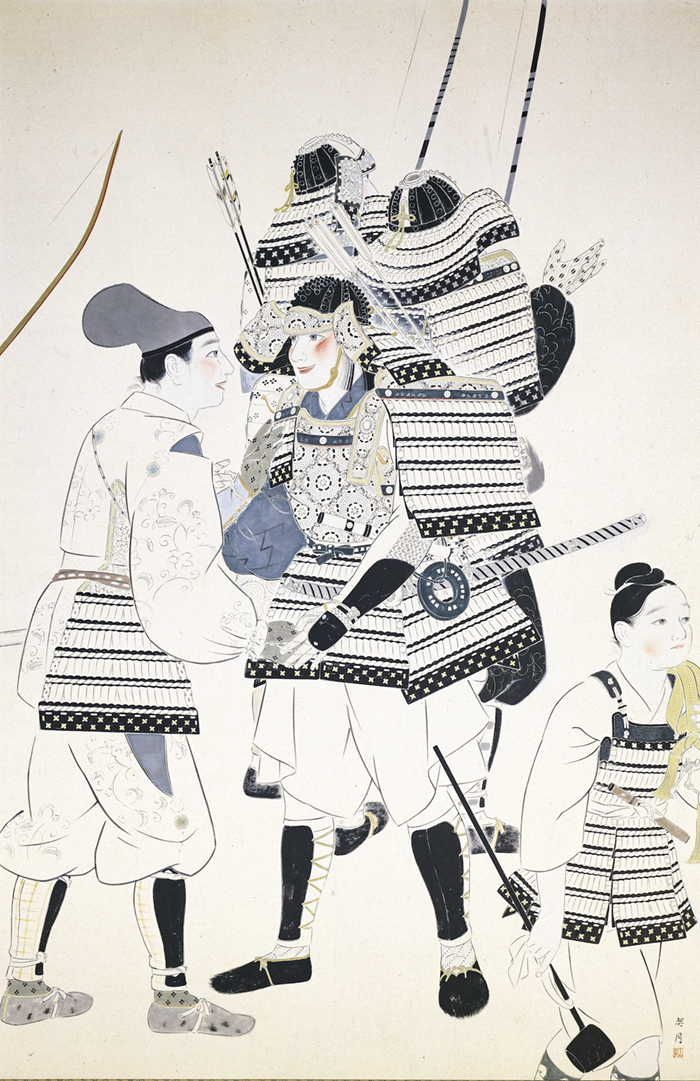
Exchange of Courtesies, 1938 Kikuchi Keigetsu Collection of the museum -
Museum Cafe
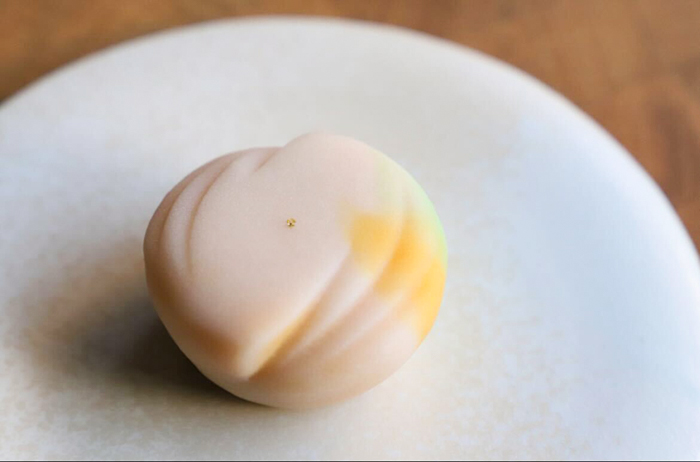
The menu of seasonal sweets in Cafe ENFUSE will change four times a year, along with the seasons. Also the museum shop will continue offering new confectionary selections twice a month, every month.


